Creative or Dumb? 10 Ways Not to Pass KYC
Can you really use a cat to bypass Liveness Detection?
Creativity and fraud are inseparable. But can creativity help bypass ID verification?
Well, some of the methods used by fraudsters are indeed sophisticated, and we’ve previously written about spoofing and bypassing techniques.
Some methods are simply bizarre. Below, we’ve gathered the top 10 weirdest ways people try to bypass ID verification, based on Sumsub’s internal data.
The top 10 weirdest ways to pass ID verification
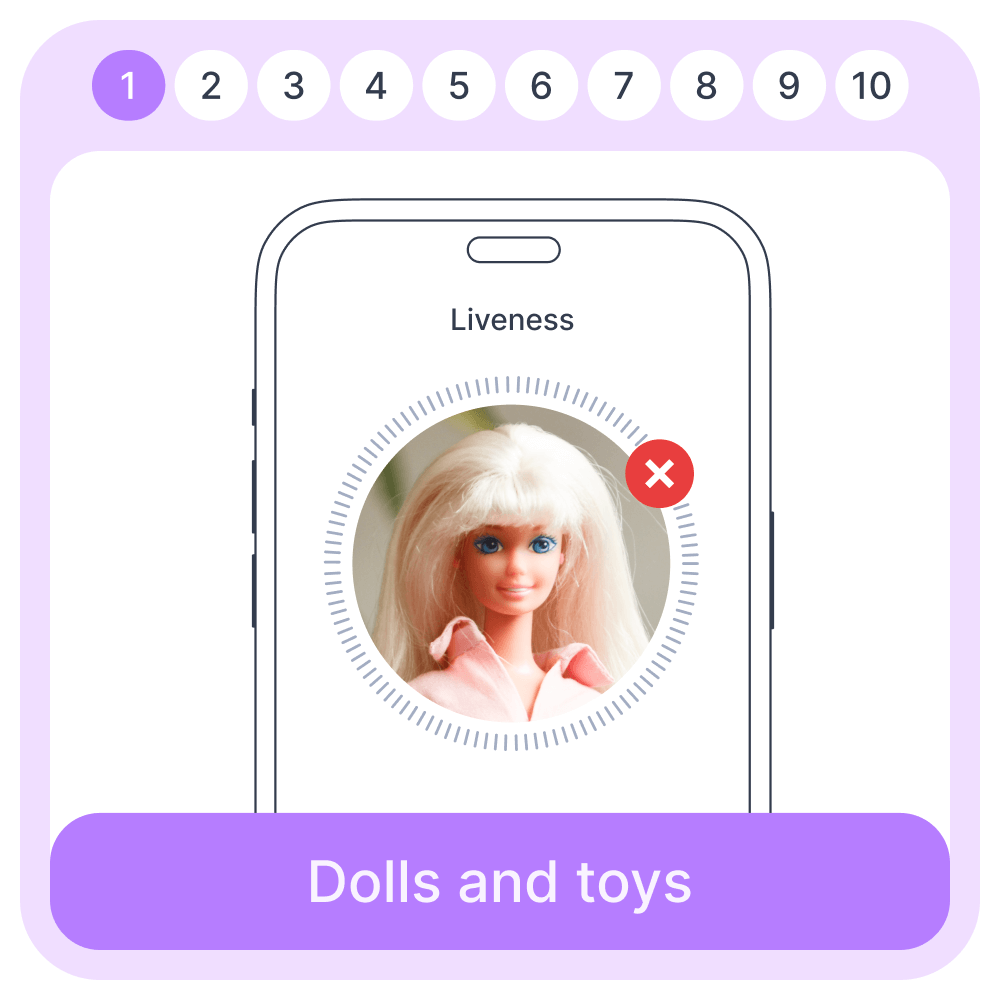
Barbie, Legos, and teddy bears. Childhood definitely goes by way too fast. We don’t judge. But Liveness does.
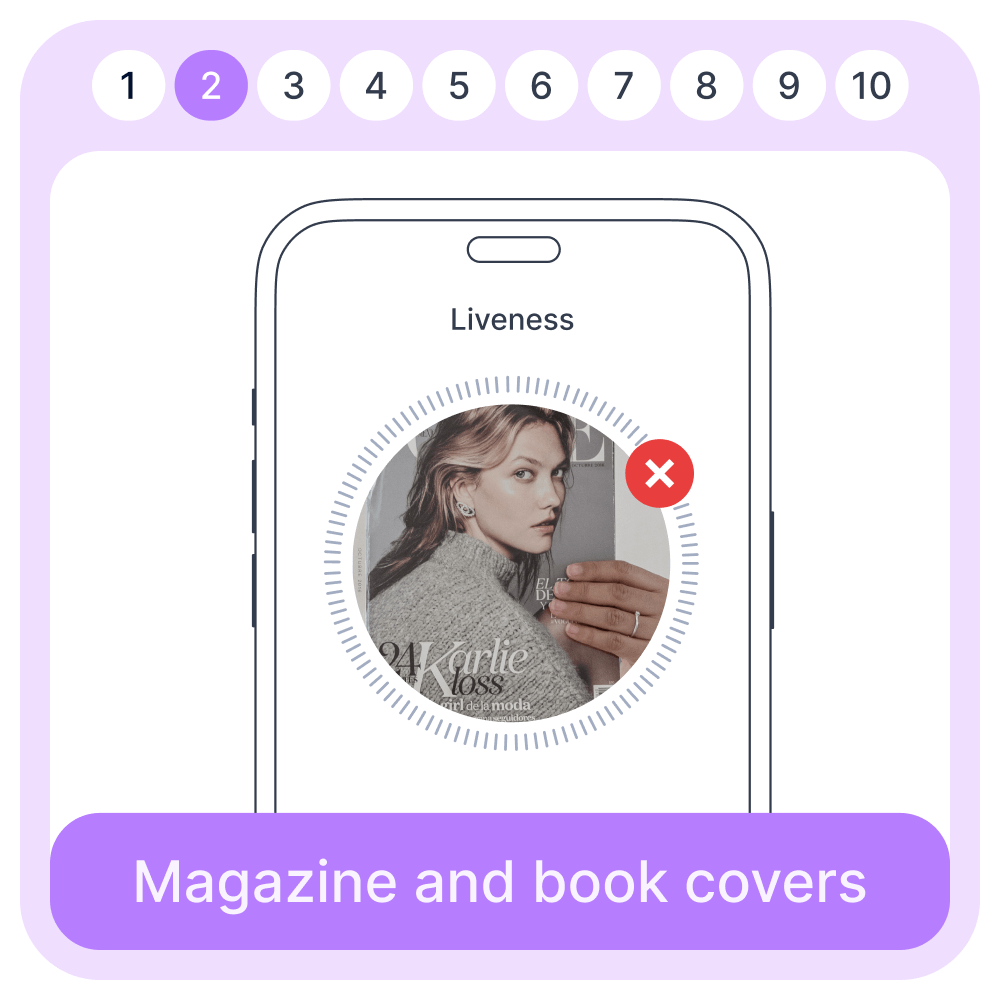
Magazines and book covers. Why go through all the trouble of crafting a deepfake, when you can just grab an Esquire cover with Ryan Gosling—or a Vogue with Margot Robbie—to pass ID verification? Plus, you’ll feel like a cover girl or boy for a moment…
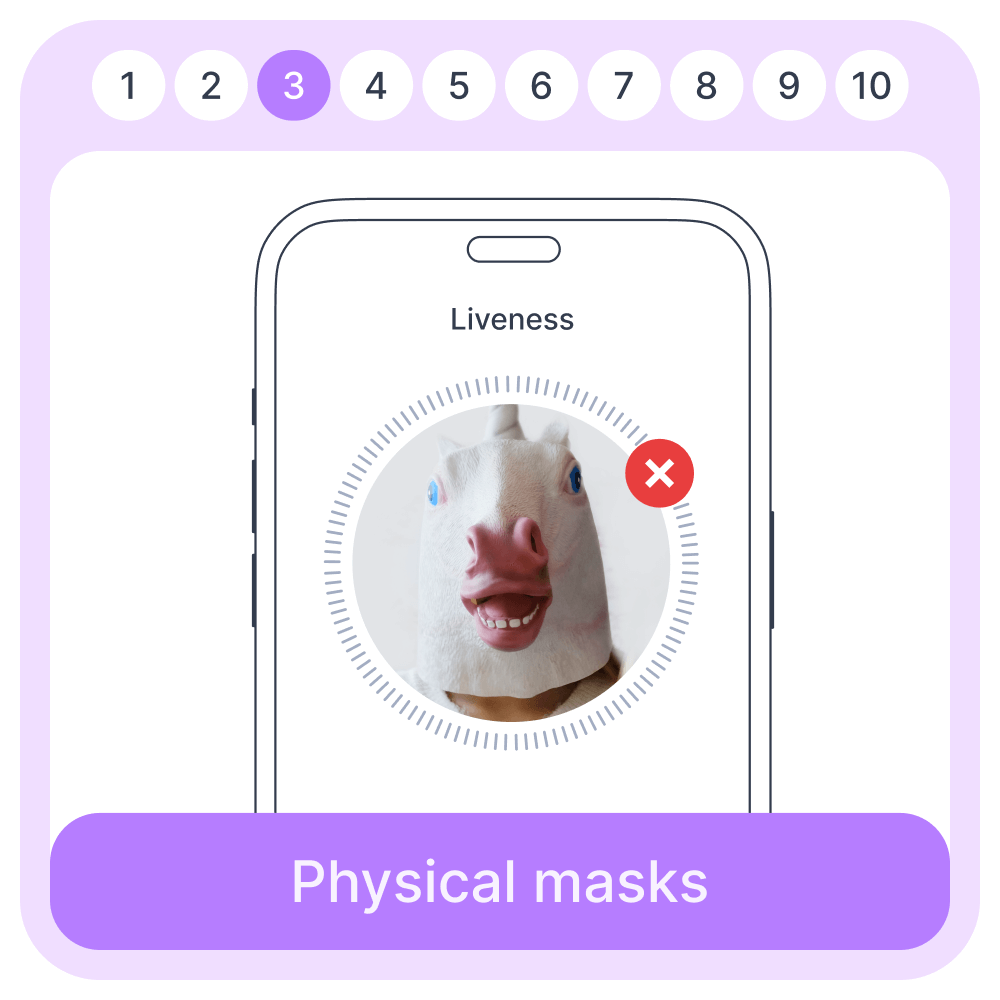
Physical masks. Some people want to make use of those Halloween masks year-round.
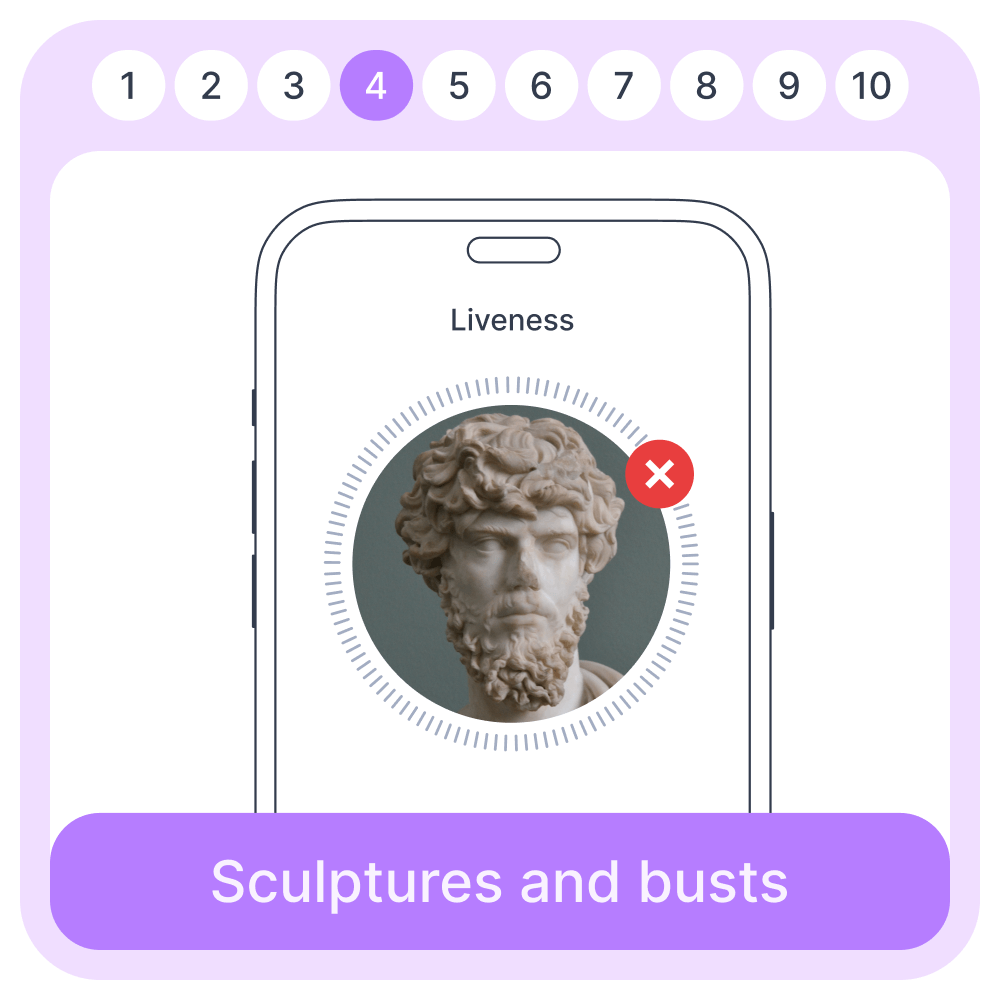
Sculptures and busts. Some people just love art so much they use it to launder money. Others fancy themselves as a piece of art during the verification stage…
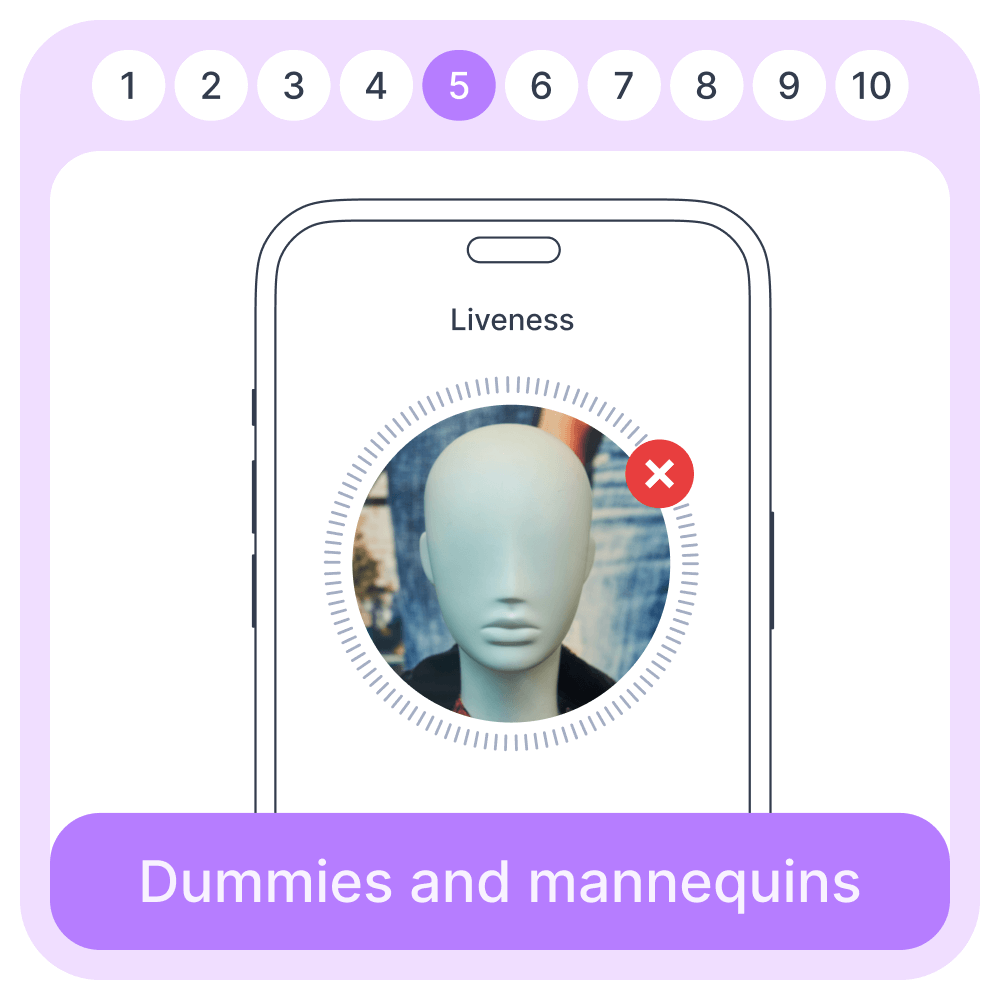
Mannequins. These are, perhaps, the creepiest addition to our list. Let’s keep the mannequins in the department stores, shall we?
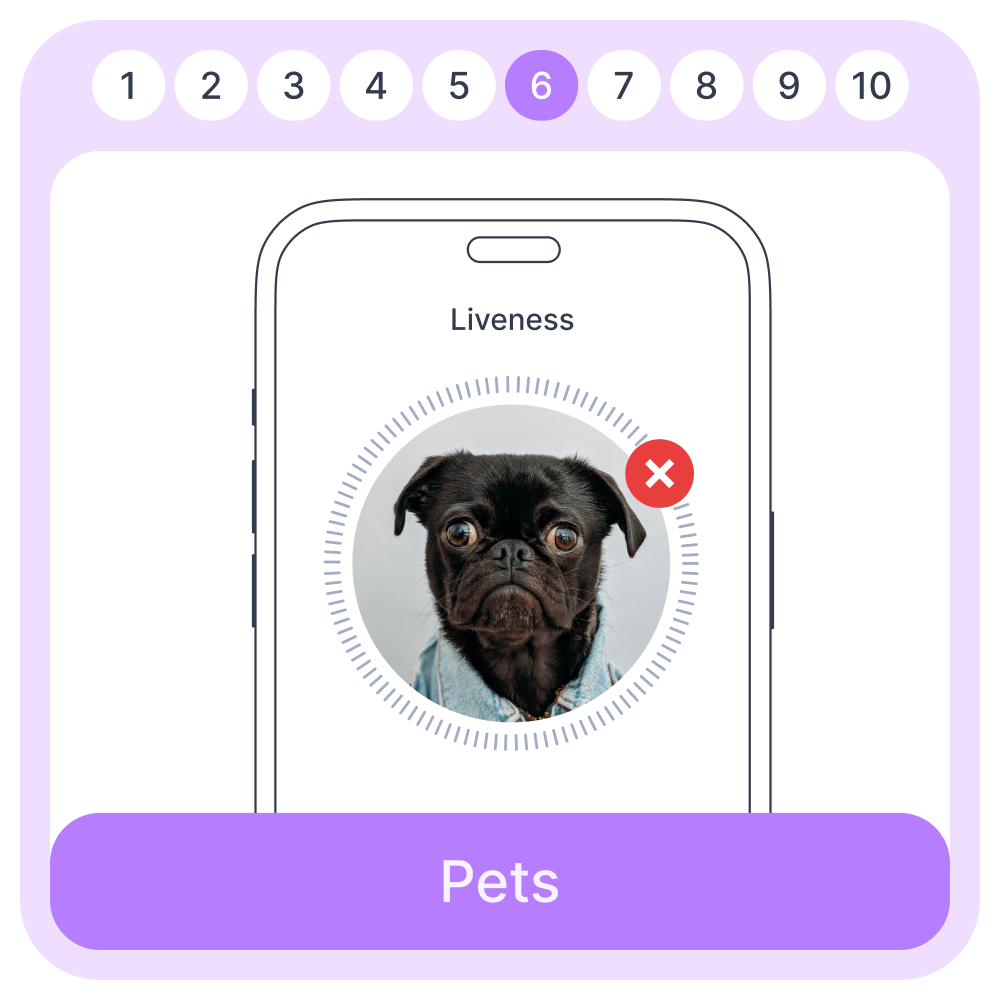
Cats and dogs. They say pets often look like their owners. Some people tested this theory during the KYC stage.
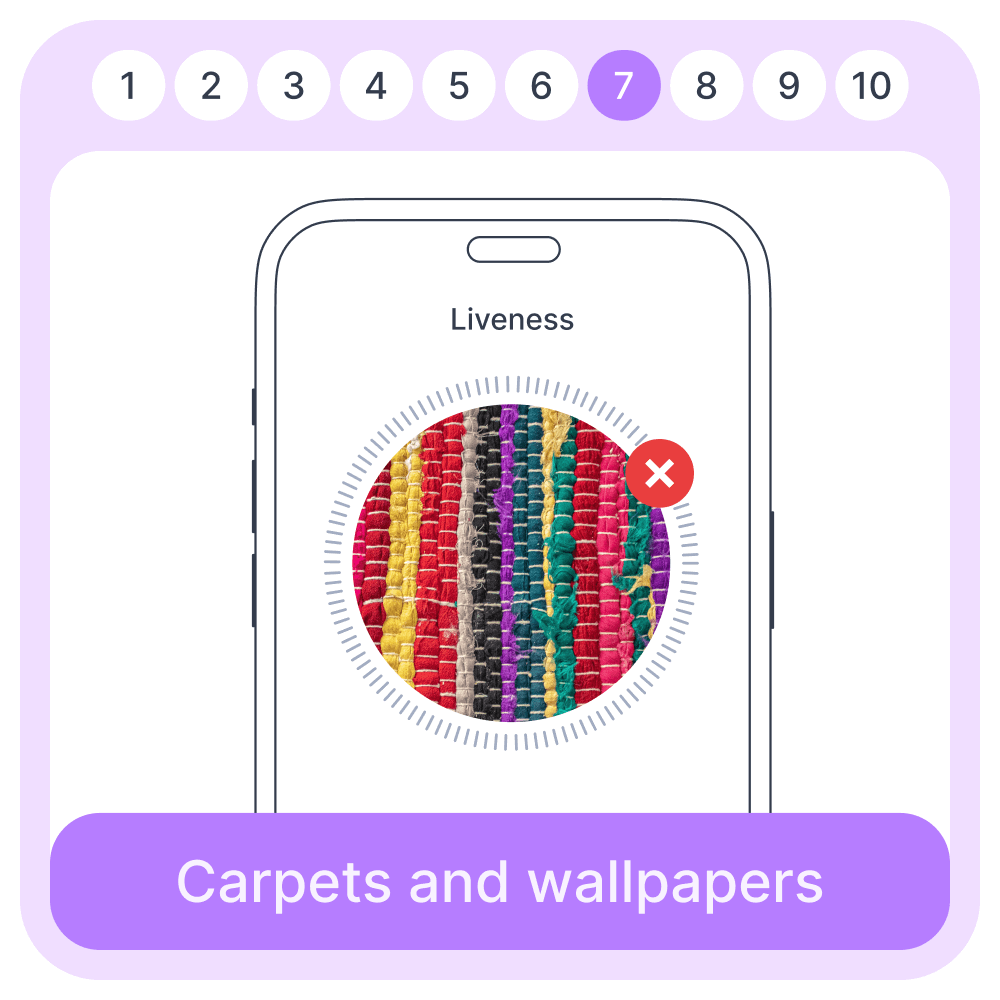
Carpets and wallpapers. Some applicants forget to turn their front camera on. Instead of a selfie, we end up with a picture of the carpet.
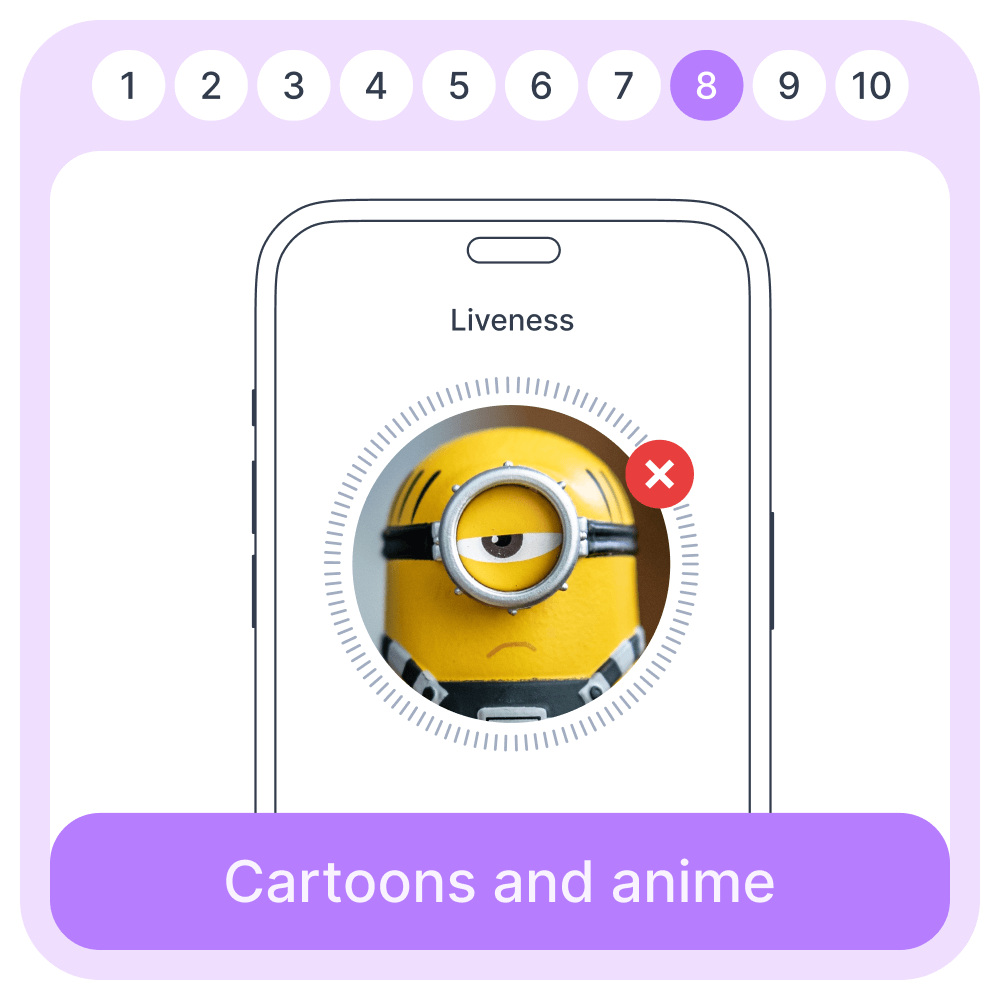
Cartoons and anime characters. Your favorite anime character may have all sorts of superpowers, but they can’t defeat our verification algorithm.
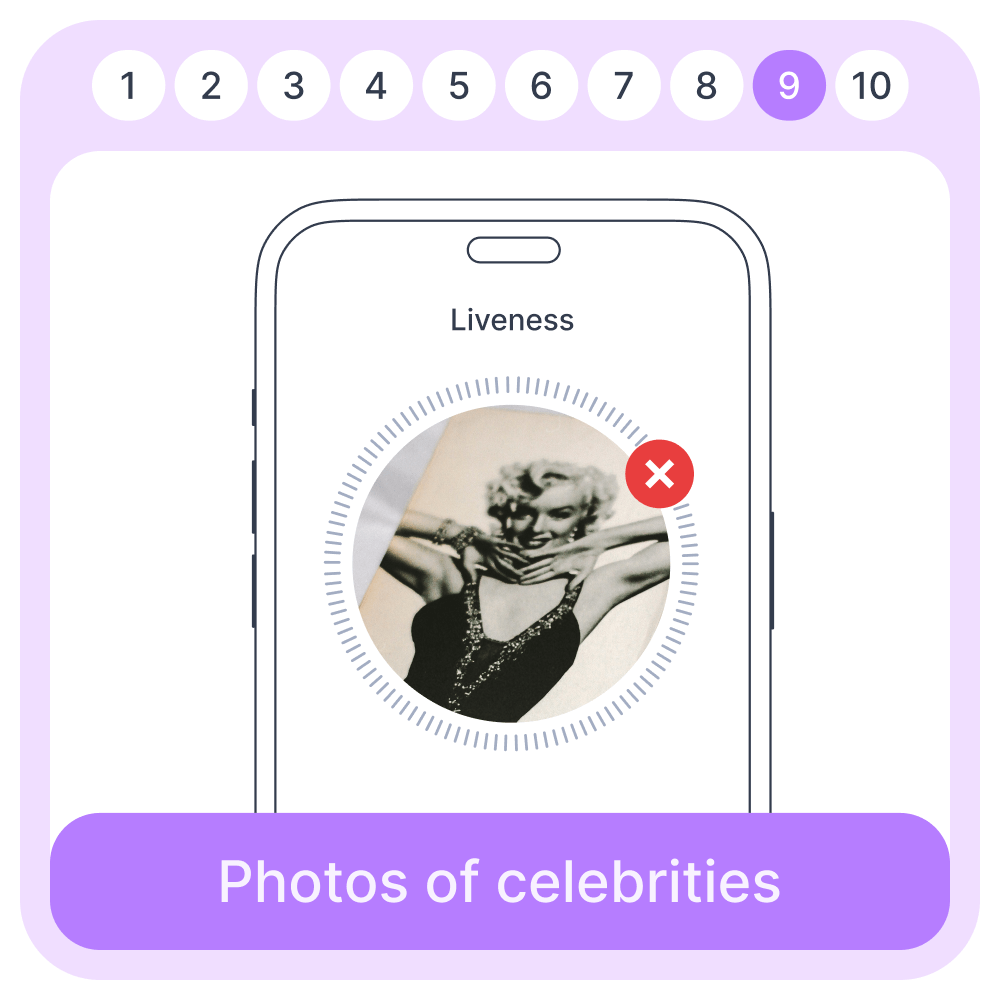
Photos of other people, including celebrities, on a smartphone. How many times has Marilyn Monroe, or Beyonce’s instagram tried to pass ID verification? Enough times to make it on this list.
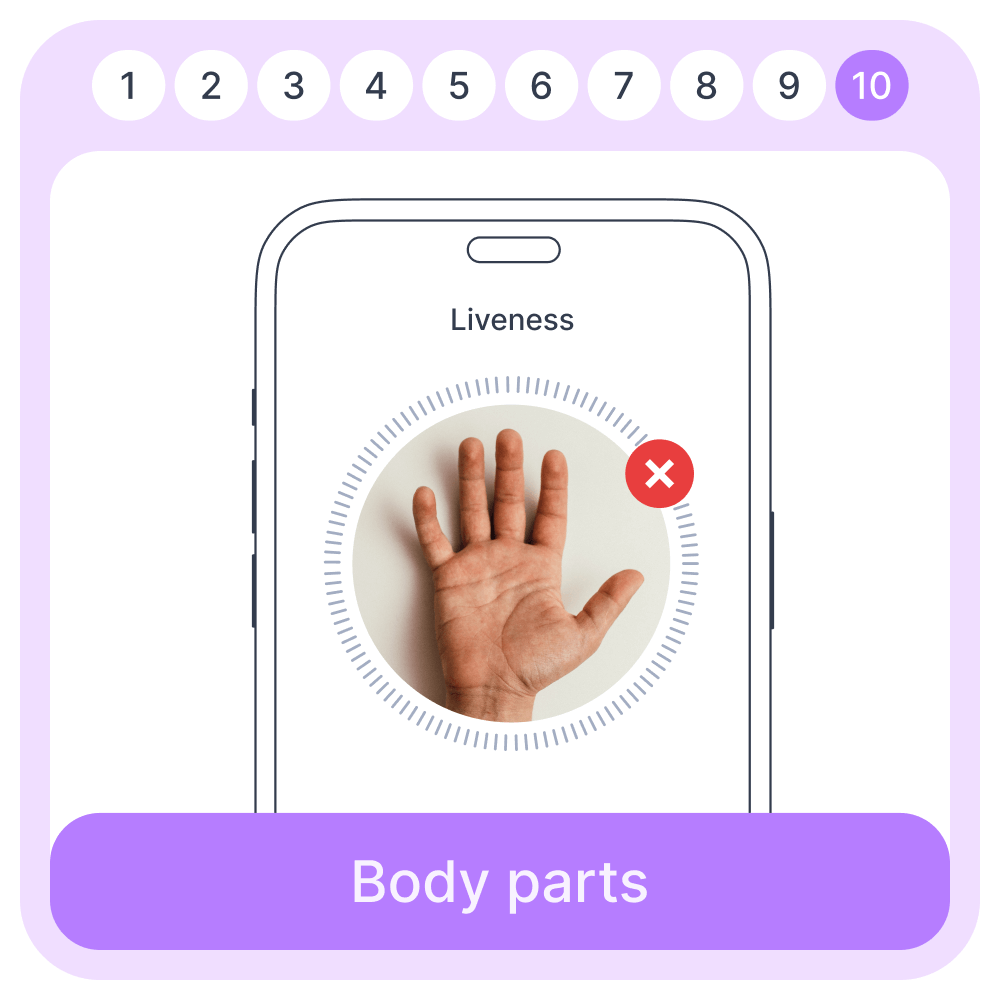
Body parts. Some applicants didn’t get the memo we need to see their face, not their hands or feet.
All of the above comprise 0.5% of all failed Liveness verification checks. Part of these involve fraudsters, while others were having fun.
Liveness, a fraud-proof technology
Liveness Detection hasn’t yet allowed any sculpture, magazine cover, or cat to pass ID verification successfully.
Sumsub’s Liveness analyzes a person’s biometric data using machine learning algorithms with over 99% accuracy, providing better customer protection.
The main ways to use Sumsub’s Liveness technology include:
- KYC. Liveness is an alternative to regular selfie/selfie+ID checks
- Payment fraud prevention. Face authentication prevents chargebacks by ensuring the true user performs the transaction
- Two-factor authentication (2FA). An additional biometric check ensures more reliable account protection than passwords or SMS codes. Customers may do the same for re-verifying user identities if passwords or devices are lost.
- Duplicate account detection. Liveness can tell if a user has been seen before. This way, liveness won’t allow bonus-hunters to create multiple accounts to exploit sign-up offers, promotions, pricing plans, etc.
- Confirming user actions. Liveness ensures the true user initiates transactions, account deletion, or other key steps.
- Securing physical entrances. Biometric technology may also be used to control access to doors, gates, and other entry points.
Deepfakes, the new danger
Digital fraud and deepfakes become more sophisticated and easier to create. According to Sumsub’s statistics, from 2022 to 2023, the proportion of fraud consisting of deepfakes increased:
- from 0.1% to 4.6% in Canada
- from 0.2% to 2.6% in the US
- from 1.5% to 7.6% in Germany
- from 1.2% to 5.9% in the UK.
This is why Sumsub develops AI technology, now incorporated into our Liveness solution. Sumsub’s dedicated team of AI experts constantly work to improve our deepfake detection—leveraging vast experience in analyzing visual data and differentiating between real people and AI-generated fake personas.
Explore more
- Product updates
- Sep 01, 2022
- 4 min read
- Product news
- Jun 22, 2023
- 3 min read







